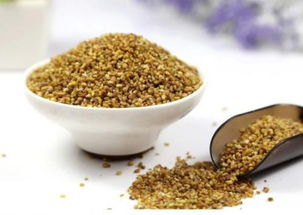This article delves into the annual production quantity of Hangzhou Longjing tea, exploring its significance, types, and factors influencing its yield. Longjing tea, renowned for its exquisite flavor and aroma, holds a prestigious place in the world of Chinese tea, particularly in Hangzhou.
Understanding Longjing Tea
Longjing tea, or Dragon Well tea, is a prized green tea originating from the West Lake area of Hangzhou, China. As one of the most celebrated teas in China, it has a history dating back over a thousand years. The tea is recognized for its flat, spear-like shape, vibrant green color, and sweet, soothing flavor. The overall quality of Longjing tea is evaluated based on several factors including its aroma, taste, appearance, and the environment in which it is grown.
The production of Longjing tea is highly dependent on its cultivation area, which is known for its ideal climate and soil conditions. Generally, the tea thrives in regions with a subtropical climate, abundant rainfall, and rich, well-drained soil. The main areas of production include Longjing village, Meijiawu, and other locations surrounding West Lake. Each year, the tea is harvested in spring, with the first flush being considered the most premium. The tea leaves are hand-picked and processed with great care to maintain their delicate characteristics.
Annual Production Quantity
As for the annual production quantity of Longjing tea, it typically varies depending on several factors such as weather conditions, tea leaf quality, and farming practices. On average, the annual production of Longjing tea is estimated to be around
2,000 to
3,000 tons. This number can fluctuate significantly; certain years may see a more abundant harvest due to favorable weather conditions, while others may experience a decrease in quantity due to adverse weather like droughts or heavy rains.
Moreover, aligning productions with market demands also plays a crucial role. The increasing global interest in high-quality teas has led to a rise in the demand for Longjing. Producers balance the quantity of tea with quality, ensuring that the tea not only meets consumer expectations but also preserves traditional production techniques. While the amount of tea may be substantial, the focus remains on maintaining the exquisite taste and quality that Longjing is famous for.
Factors Influencing Production
Several factors influence the annual production of Longjing tea. Weather conditions, for instance, play a critical role; temperature, humidity, and precipitation directly impact the growth and quality of the tea leaves. Moreover, farming practices, including the use of organic fertilizers and pest management strategies, can significantly affect both yield and flavor profiles. Economic aspects, such as labor costs and market prices, also shape decisions made by farmers regarding how much tea to produce each year.
Additionally, the push for sustainable practices increasingly influences production. Many producers are adopting eco-friendly techniques to appeal to the environmentally conscious market, which may initially reduce production quantities but leads to higher quality products. Ultimately, balancing tradition with innovation allows Longjing tea producers to thrive and continue to deliver exceptional tea to tea lovers around the world.
In summary, the annual production of Hangzhou Longjing tea is typically between2,000 to
3,000 tons, influenced by environmental conditions, farming techniques, and market demand. This iconic tea remains not only a cherished beverage but also a cultural symbol reflecting the artistry and dedication of its producers.

